- Joined
- Oct 4, 2016
- Messages
- 1,095
Not all beautiful stones are expensive. Some are rare enough only found in a single or limited source to be viable commercially. I have compiled some unusual and interesting stones fit for jewelry use. Budget-friendly with many just currently costing a few bucks in the market, they will make good jewelry (some maybe not for ring though) - if you can find them! It can be a challenge to hunt some of the stones, depending on your location. 
1. Dumortierite in Quartz
This is a very beautiful stone that usually comes from Brazil, with most stones going to the Chinese and Japanese markets. Many traders lost money dealing with the stones as they bought stocks at a higher price when word came out that the Brazilian mine was depleting, then suddenly, a surge of supply was released. So you might find big variations on the price of the material in the market.
The more opaque, and even colored stones are sometimes sold as sapphire in India of which GIA had identified as Dumortierite Quartz rock.
https://www.gia.edu/gems-gemology/spring-2013-gemnews-dumortierite-quartz-rock-sapphire
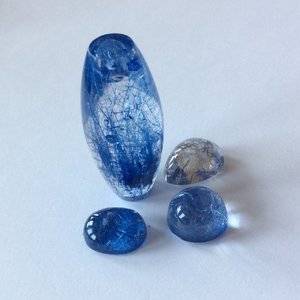

2. Burmese Red Amber
Also know as Burmite, Burmese Amber is one of the oldest known amber, dating back during the Cretaceous period, approximately 100 million years ago. Yet there is a coveted variety of this old amber, which will require quite a hunt even in Myanmar - the reddish color pieces. Since amber is a lightweight material, even less than a carat will look big.
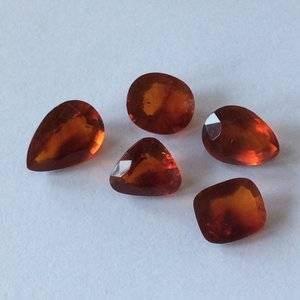
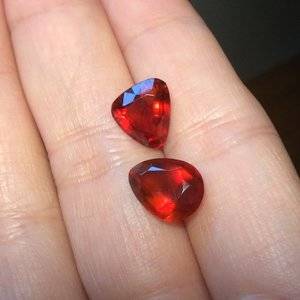
3. Peruvian Pink Opal
The pink opals from Peru are more stable and more affordable than their blue counterparts, and sometimes, with a bit of search, you will be able to find it in translucent, bubble gum pinks.
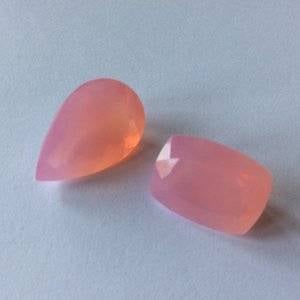
4. Lilac Moon Quartz
It looks like an Opal but with the hardness of quartz. A rare form of quartz, the pinkish purple stone usually comes from Brazil though recent finds from Bolivia which can have orange flashes have reached the market. Also known as lavender quartz or pearl amethyst, it is neither chalcedony nor amethyst, but more like rose quartz super-charged with manganese and/or titanium.
Unique and mysterious, David Yurman has used the material in his designs.
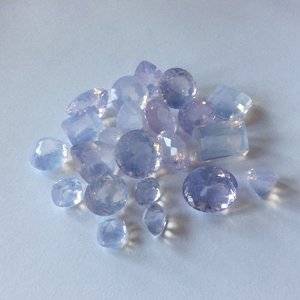
5. Fire Agate
Found in only a few places in the US and Mexico, the multi-layer structure of the stone causes an unusual iridescence that is fascinating especially when combined the stones botryoidal structure.
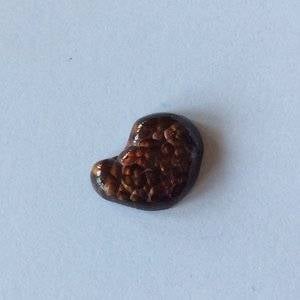
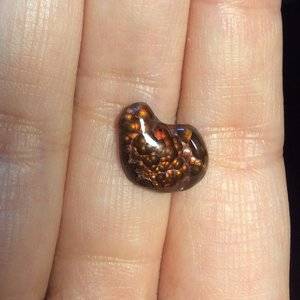
6. Petroleum Quartz
Usually a super cool stone for collectors, they don't cost a lot. The road block in these stones are they are difficult to cut, especially in gem facet form. I was told that apart from smelling bad when cutting, it's challenging to avoid those pocket spaces filled with liquids, where you can end up with a big cavity or a shattered stone if not cut properly. But once a faceted stone is archived, it's super cool to watch the the liquid petroleum and bubbles move and enjoy the fluorescence in UV light. You can also have them in natural double terminated crystals that doesn't need cutting or requires only a bit of polishing.
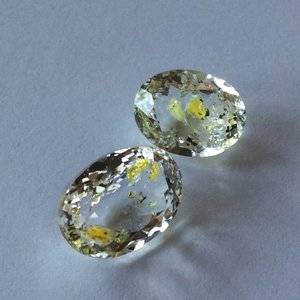
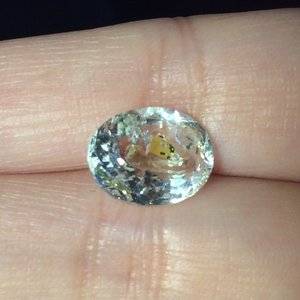
1. Dumortierite in Quartz
This is a very beautiful stone that usually comes from Brazil, with most stones going to the Chinese and Japanese markets. Many traders lost money dealing with the stones as they bought stocks at a higher price when word came out that the Brazilian mine was depleting, then suddenly, a surge of supply was released. So you might find big variations on the price of the material in the market.
The more opaque, and even colored stones are sometimes sold as sapphire in India of which GIA had identified as Dumortierite Quartz rock.
https://www.gia.edu/gems-gemology/spring-2013-gemnews-dumortierite-quartz-rock-sapphire


2. Burmese Red Amber
Also know as Burmite, Burmese Amber is one of the oldest known amber, dating back during the Cretaceous period, approximately 100 million years ago. Yet there is a coveted variety of this old amber, which will require quite a hunt even in Myanmar - the reddish color pieces. Since amber is a lightweight material, even less than a carat will look big.


3. Peruvian Pink Opal
The pink opals from Peru are more stable and more affordable than their blue counterparts, and sometimes, with a bit of search, you will be able to find it in translucent, bubble gum pinks.

4. Lilac Moon Quartz
It looks like an Opal but with the hardness of quartz. A rare form of quartz, the pinkish purple stone usually comes from Brazil though recent finds from Bolivia which can have orange flashes have reached the market. Also known as lavender quartz or pearl amethyst, it is neither chalcedony nor amethyst, but more like rose quartz super-charged with manganese and/or titanium.
Unique and mysterious, David Yurman has used the material in his designs.

5. Fire Agate
Found in only a few places in the US and Mexico, the multi-layer structure of the stone causes an unusual iridescence that is fascinating especially when combined the stones botryoidal structure.


6. Petroleum Quartz
Usually a super cool stone for collectors, they don't cost a lot. The road block in these stones are they are difficult to cut, especially in gem facet form. I was told that apart from smelling bad when cutting, it's challenging to avoid those pocket spaces filled with liquids, where you can end up with a big cavity or a shattered stone if not cut properly. But once a faceted stone is archived, it's super cool to watch the the liquid petroleum and bubbles move and enjoy the fluorescence in UV light. You can also have them in natural double terminated crystals that doesn't need cutting or requires only a bit of polishing.


Last edited:

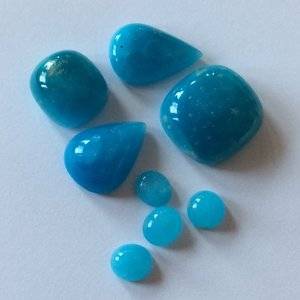
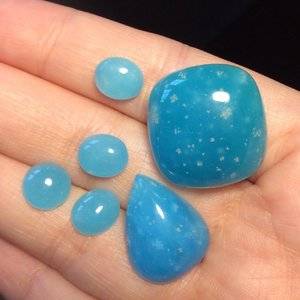
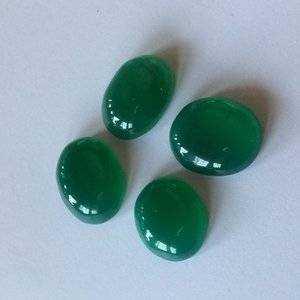
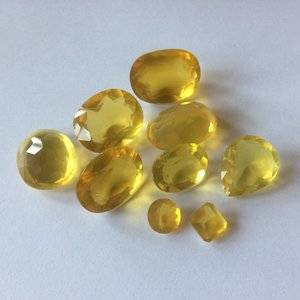
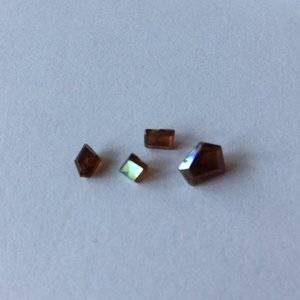
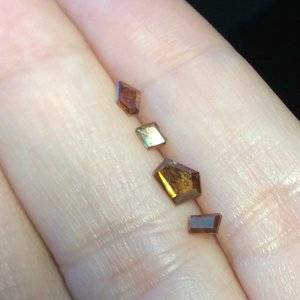
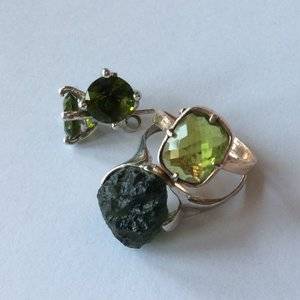
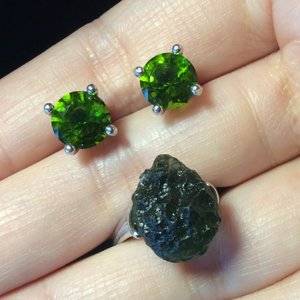
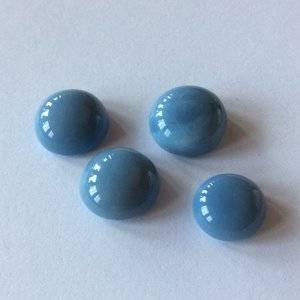
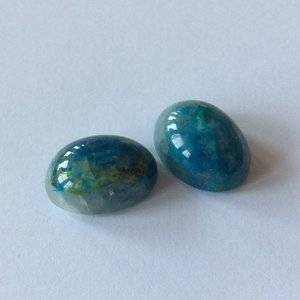
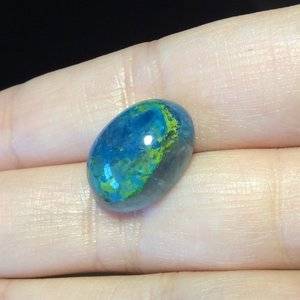
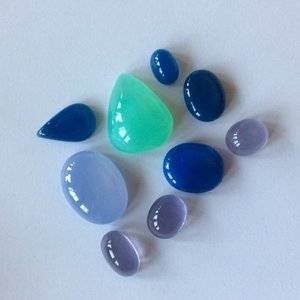
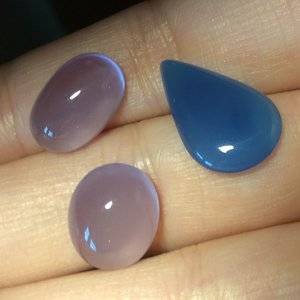
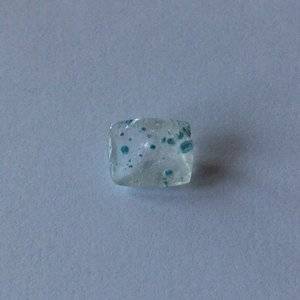

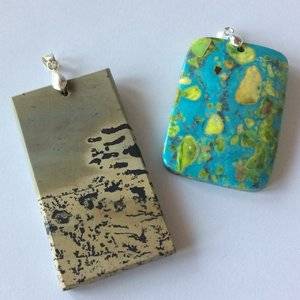
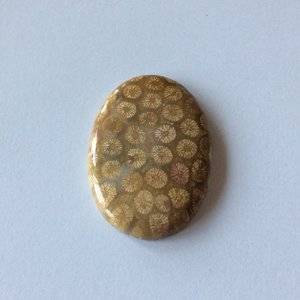
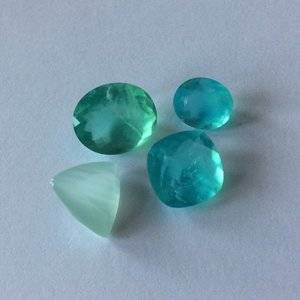
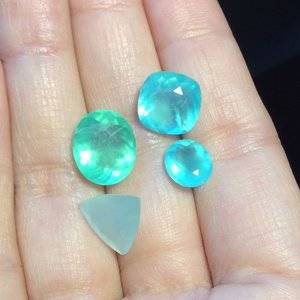

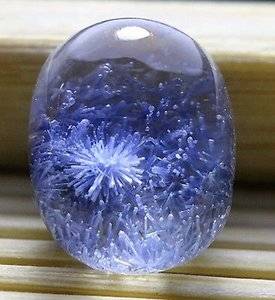
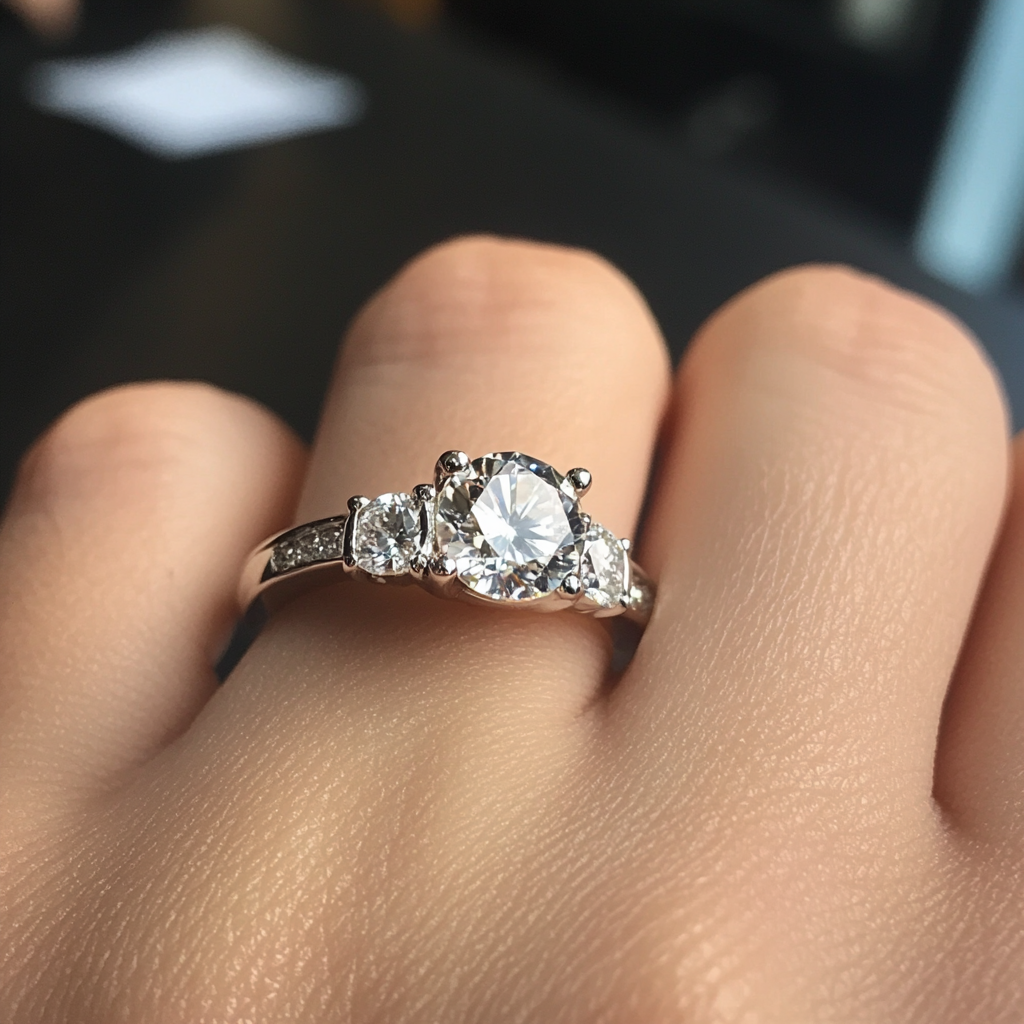

300x240.png)